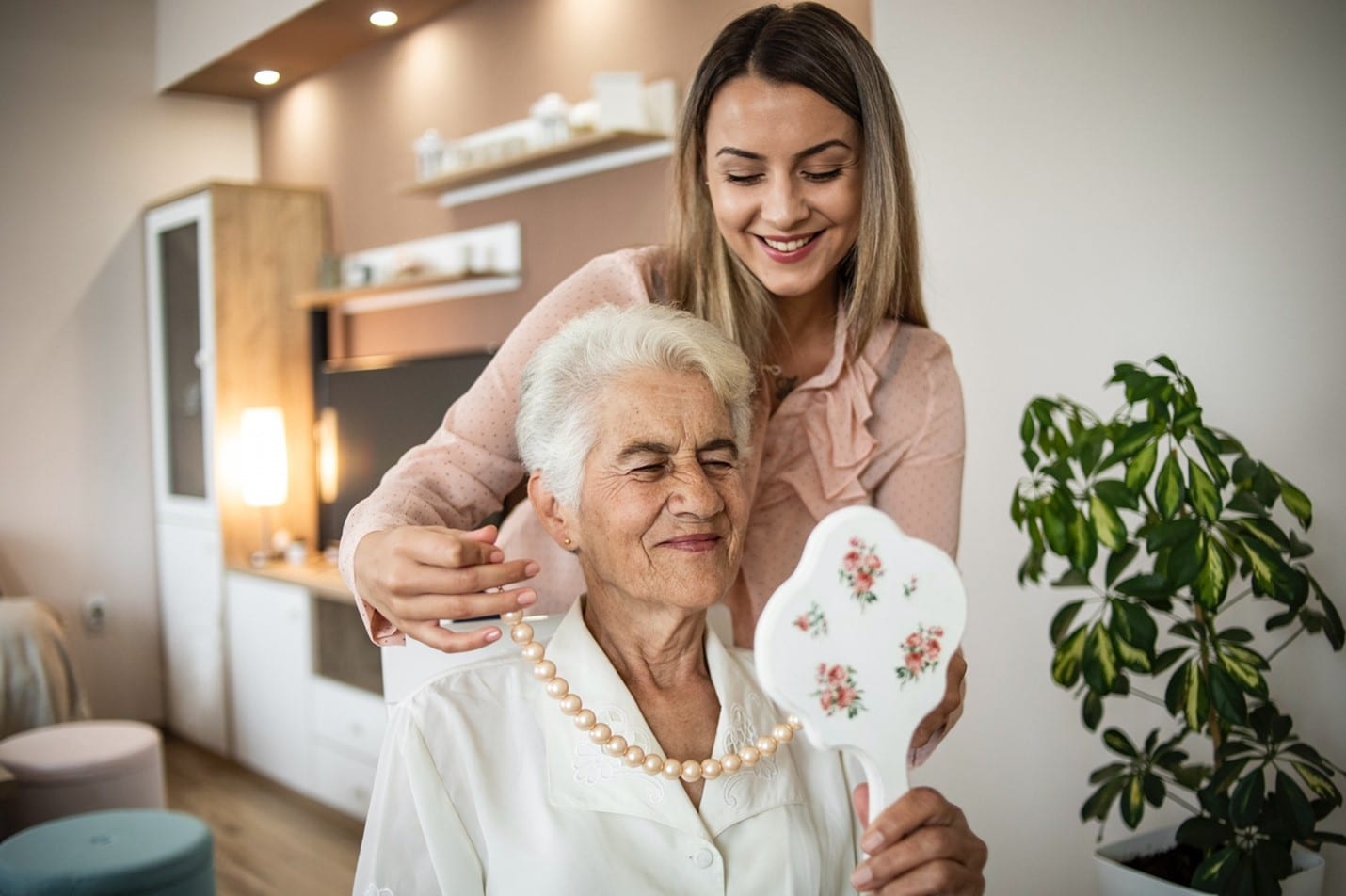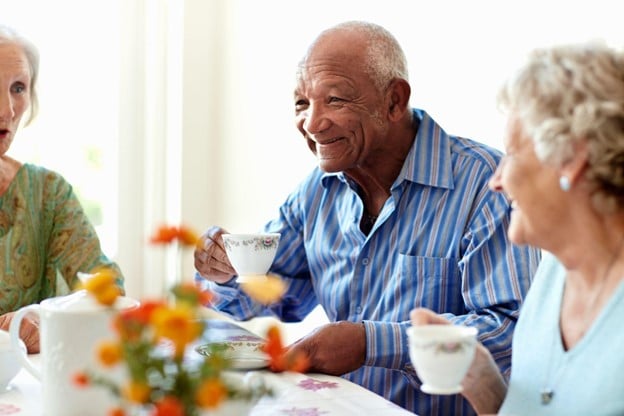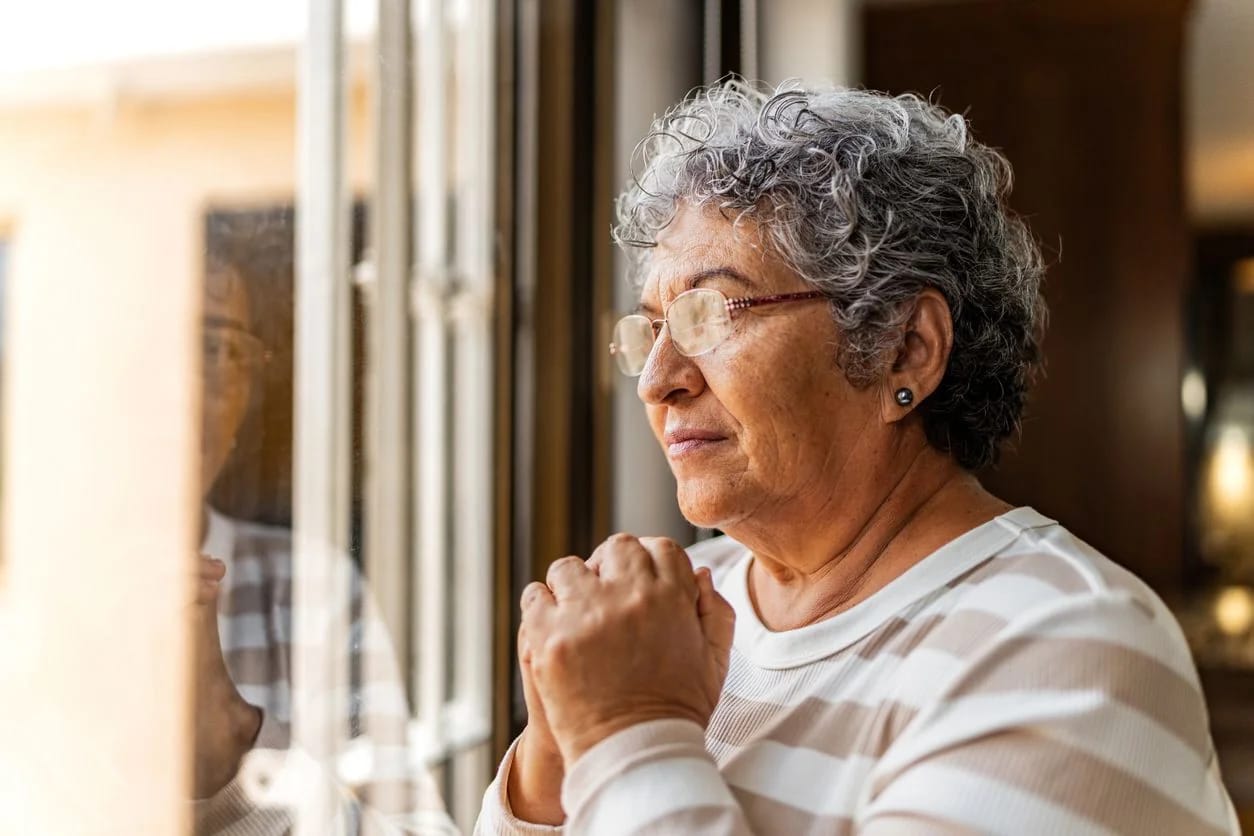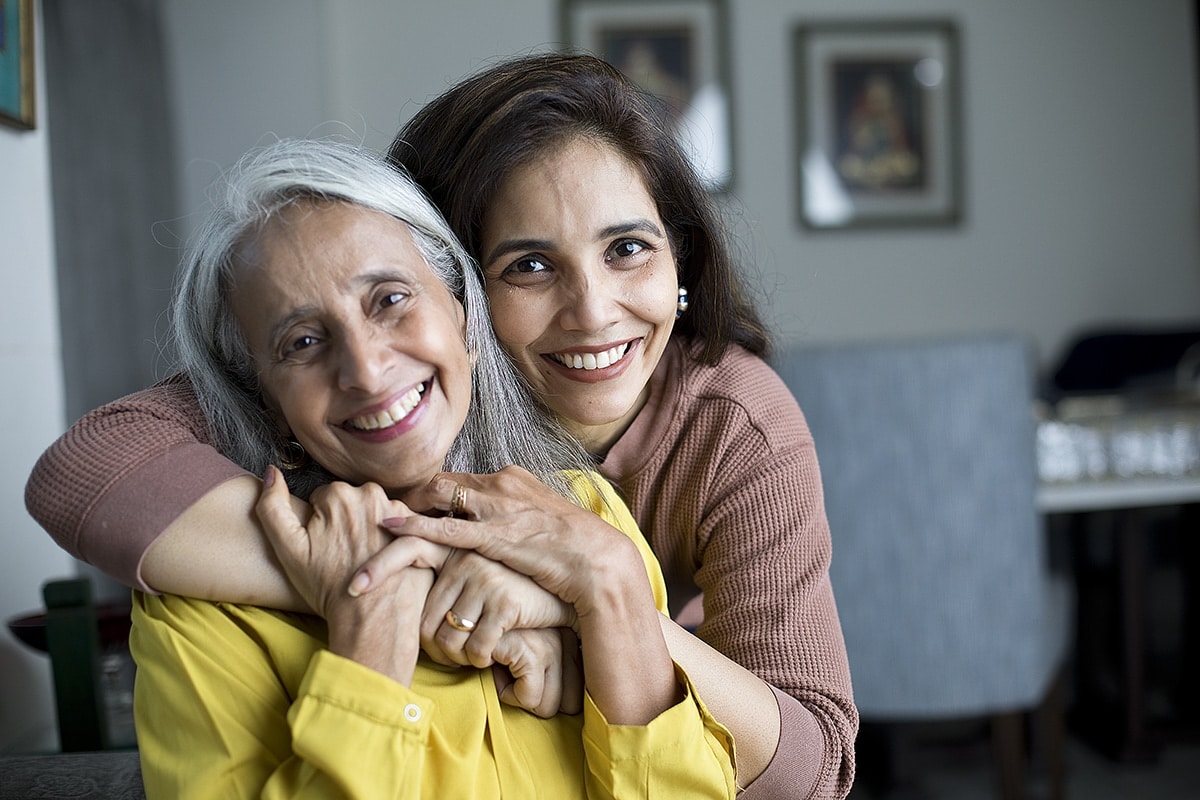Understanding Assisted Living Levels of Care: Finding the Perfect Fit

Choosing the right assisted living community can be a big decision. If you’re exploring assisted living, one important idea to understand is the concept of assisted living levels of care.
These levels help personalize the support each resident receives, ensuring they get the right amount of assistance for their individual needs. This promotes independence and a fulfilling lifestyle.
In this quick guide, we’ll break down assisted living care levels, explaining what they mean and how they can point you toward the perfect community for your loved one.[JE1]
Key Takeaways:
- Assisted living care levels are designed to match a resident’s specific needs and promote independence.
- A person’s ability to handle activities of daily living (ADLs) is the foundation for determining their assisted living care level.
- Medication management and health conditions are important factors when assessing assisted living care needs.
- Assisted living levels of care help families and residents find communities that provide the right amount of support and create a fulfilling lifestyle.
Understanding Activities of Daily Living (ADLs)
Activities of daily living (ADLs) are routine tasks that we all do. How well a person can manage their ADLs is a major factor in determining whether a person requires assisted living and the level of care they’ll need. Here’s where those ADLs come into play:
- Getting dressed: Can they pick out clothes and get dressed on their own?
- Bathing: Are they able to shower or bathe independently?
- Eating: Can they prepare meals for themselves and eat without assistance?
Also important are medical needs:
- Medication Management: Can they manage their own medications, including correct dosages and refills?
- Health Conditions: Do they have health conditions that require regular monitoring or specialized care?
These medical factors, combined with a person’s ability to handle their ADLs, provide a comprehensive picture of the kind of personalized support they need.
Comparing and Contrasting the Levels of Assisted Living
Sometimes, understanding the different support options in assisted living can feel overwhelming. The three-level classification system aims to simplify this process. Let’s break it down:
Level One: Low Level of Care
This level is for residents who remain mostly independent, needing only occasional reminders or a helping hand with specific tasks. Think of it like having a friendly neighbor check in from time to time.
Level Two: Intermediate or Moderate Level of Care
Residents at this level still enjoy independence in many areas but might appreciate regular help with activities like bathing, dressing or keeping track of medications.
Level Three: High Level of Care
Residents need comprehensive support with multiple ADLs. They often rely on caregivers for a significant portion of their daily care and may require additional medical monitoring or support.
This system is about simplifying the search process for families and future residents. It helps you understand the basic types of care available and ask the right questions when you’re touring potential communities.
Individual Activities and Their Impact on Level of Care
While the three-level system gives us a helpful overview, it’s sometimes the smaller details that paint a clearer picture of someone’s needs. Let’s take a closer look at everyday activities and how they might influence the level of care that’s just right for a resident:
Bathing, Dressing, and Grooming
Feeling clean, comfortable, and well-presented is important to everyone’s sense of well-being. In assisted living, the goal is to provide the right level of support to maintain these aspects of daily life while preserving dignity and encouraging as much independence as possible.
- Level One: Residents may need occasional reminders or help reaching certain areas when bathing but can dress and groom independently. Seniors at this level mostly manage these tasks on their own and appreciate gentle reminders or a little assistance for those hard-to-reach spots.
- Level Two: They might require help with getting into or out of the shower or tub, or help with tasks like buttoning a shirt. Residents at this level often benefit from assistance with specific parts of their routine, making sure they feel safe and confident.
- Level Three: A person needs full support from caregivers for bathing, dressing, and personal hygiene. At this level, caregivers provide compassionate and respectful assistance, promoting comfort and hygiene.
Mobility
Getting around safely and confidently is important for both physical and emotional well-being. Assisted living aims to provide the right level of support to help residents maintain as much mobility and independence as possible.
- Level One: Seniors at this level enjoy full freedom of movement and can navigate their homes and communities with little to no assistance.
- Level Two: They may use a walker or cane for stability and need occasional help navigating stairs or uneven surfaces to maintain safety.
- Level Three: Residents may rely on a wheelchair for mobility or require help from caregivers to move safely within their environment.
Incontinence
For bladder or bowel control issues, it’s important older adults don’t feel embarrassed or ashamed. Assisted living communities provide discreet and respectful support that is tailored to individual needs.
- Level One: Residents at this level mostly manage their own needs and might appreciate gentle reminders to help prevent accidents.
- Level Two: Seniors may need assistance getting to the bathroom quickly or help with managing incontinence products to stay comfortable and clean.
- Level Three: Caregivers provide routine toileting assistance and incontinence care with sensitivity and respect.
Eating
Enjoying delicious food and getting proper nourishment are both essential parts of a healthy retirement. Assisted living aims to provide the necessary support to make sure meals are pleasurable and healthy experiences.
- Level One: Seniors at this level can confidently handle all aspects of mealtime – from preparing food to eating without assistance.
- Level Two: Seniors may need some help with cutting food or opening packages. Residents may benefit from some assistance with specific tasks to make meals easier, such as pre-cutting food or providing help with opening containers.
- Level Three: Residents at this level may need help with eating or require close mealtime supervision from caregivers to ensure they are getting the appropriate nutrition. This might also include assistance with specialized diets.
Medication Management
Keeping track of medications can be complicated! Does someone feel comfortable managing their medications on their own, or would having a reminder or hands-on help bring peace of mind?
- Level One: Residents at this level may just need friendly reminders to stay on track with their medication schedule.
- Level Two: Seniors may benefit from assistance setting up reminders, organizing medications or refilling prescriptions.
- Level Three: Residents at this level require caregivers to administer medications, track dosages, and ensure safe medication practices.
Remember, these are just examples, and every person’s needs are unique. Knowing how these individual activities play a role helps us find the best level of support for a fulfilling and comfortable life.

Personalized Care, Warm Community: That’s the Cascade Living Group Difference
The right assisted living community should offer support, safety, and, most importantly – a vibrant lifestyle. Understanding the levels of care in assisted living is an important step in finding a place that provides both the support your loved one needs and a vibrant environment where they can thrive.
At Cascade Living Group, we understand that assisted living isn’t just about assistance – it’s about creating a life filled with warmth, laughter, and a sense of belonging. Find a Cascade Living Group community near you and start experiencing the warmth, connection, and personalized care that await.


